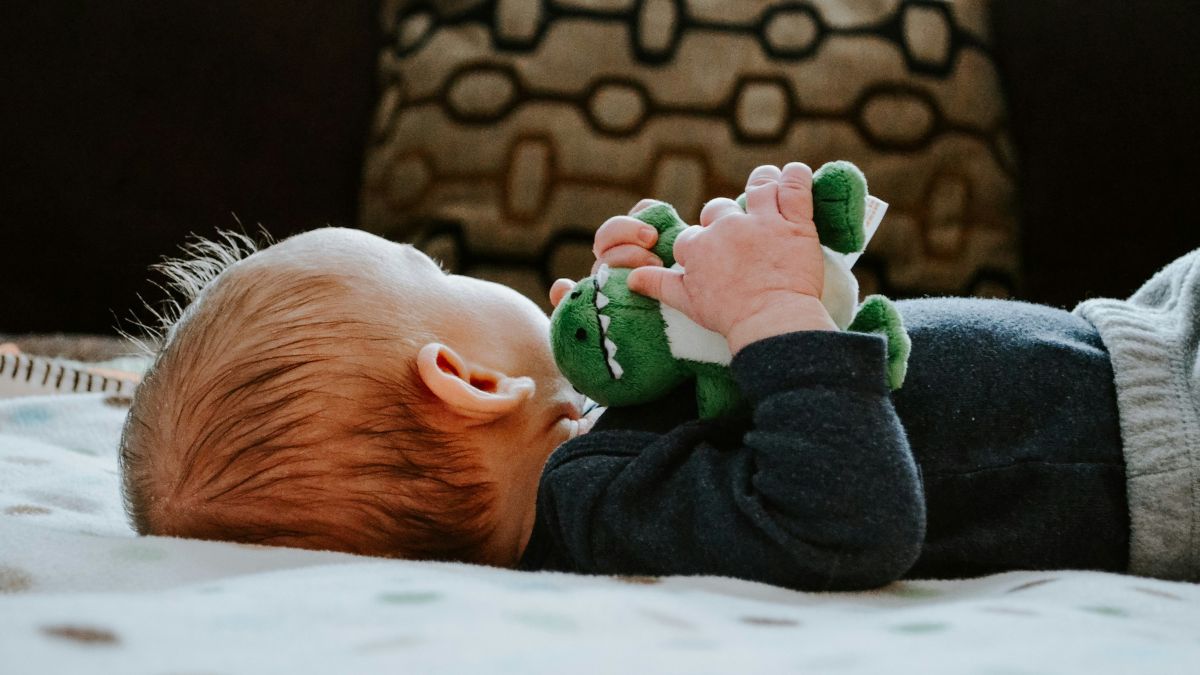

Surrogacy Worst-Case Scenario Happens. Now What?
The time is now to start asking real questions about the unregulated industry of child manufacturing.
04/12/24
John Stonestreet and Shane Morris

A recurring pattern in our social debates about sexuality and reproductive ethics is the assurance that our worst fears will never come true. “That’ll never happen,” we are told about the worst-case scenario, and those who suggest them are met with a shocked, “How could you possibly say that?”
For example, about a decade ago, the world learned of Philadelphia abortionist Kermit Gosnell and what investigators called his “house of horrors” clinic after years of abortion advocates insisting that any regulations—for instance, requiring that abortion doctors have hospital admitting privileges—were needlessly restrictive barriers to “reproductive rights.” And, what if abortion doctors run unsafe and illegal operations that cost not only unborn but maternal lives?
That’ll never happen!
Until, of course, it did.
A Gosnell-level event is currently unfolding in another under-regulated reproductive intervention: surrogacy. Last month, the FBI arrested a 39-year-old Chicago man on charges of possessing child pornography. Adam King is a well-known dog show judge who is legally “married” to another man. He was days away from flying to California for the birth of his “son,” whom he and his “husband” had ordered through a surrogate.
Through online chats with King, the FBI learned that not only had he amassed illegal imagery of underage victims, but that he claimed to have drugged and abused his own nieces and nephews. They also learned that he planned to assault the child he acquired through surrogacy. Thank God, in this case, authorities stopped him.
It’s difficult to even read about this story, much less tell this highly sanitized version of it. However, this is the sort of thing we were assured would never happen if marriage and parentage rights were extended to same-sex couples. Yet it did, and it needs to be known. At the very least, it should spark an urgent discussion about the largely unregulated and rapidly growing industry of child manufacture and womb renting in this country.
Children’s rights activist Katy Faust asked the question on X, “How many babies are being sexually assaulted by their ‘parents’ because they were purchased through #BigFertility?” The answer of course is we don’t know. This man sought out surrogacy as a means of acquiring a victim, because he could.
Part of the tragedy is how comparatively difficult it is to adopt a child in most states. The background checks, home studies, and long waiting periods that are part of the adoption process are not required for surrogacy. Anyone can do it who can procure a child through egg or sperm “donations,” pay a woman for the use of her womb, and pay the medical costs. Often, unenforceable contracts are involved, and it isn’t clear who has a legal right to the child who results.
There is no reason to think that this sort of horror story won’t happen again. So, we must begin asking questions we’re not supposed to ask. For decades, we were assured that gay marriage wouldn’t lead to gay adoption. It did. We were told that same-sex households are just as safe and healthy for kids as a mom and dad. They aren’t, but woe betide the social scientist who questions this. And, we are still told that surrogacy is no big deal, and that people who want to purchase children are magically going to be responsible, loving parents. Clearly, that’s not always the case.
The point is not that anyone who hires surrogates has the same evil intentions as this man. Rather, it’s that this unregulated Wild West of child manufacturing makes it nearly impossible to know. This isn’t merely a matter of needing to pass more laws, although that would help. It’s also a matter of ethically unraveling what surrogacy is and whether it’s a practice we should allow.
Forty years ago, theologian Oliver O’Donovan wrote in his prophetic book, Begotten or Made? that practices like gamete “donation” and surrogacy are fundamental reversals of adoption, even in cases where the couple really does intend to love and care for the child. Adoption, he explains, starts with a child in need of a home and finds her one. Surrogacy starts with adults in want of a child and seeks to make one. One is a response to brokenness, the other creates it. It’s far from clear that we should continue to allow this.
Tragically, Kermit Gosnell’s arrest and trial were not the moment of truth for legal abortion that it should have been. This is surrogacy’s “house of horrors” moment. The thing we were told would never happen just happened. As a nation, we are morally culpable for how we choose to respond.
This Breakpoint was co-authored by Shane Morris. For more resources to live like a Christian in this cultural moment, go to breakpoint.org.
Have a Follow-up Question?
Up
Next

Related Content

© Copyright 2020, All Rights Reserved.













